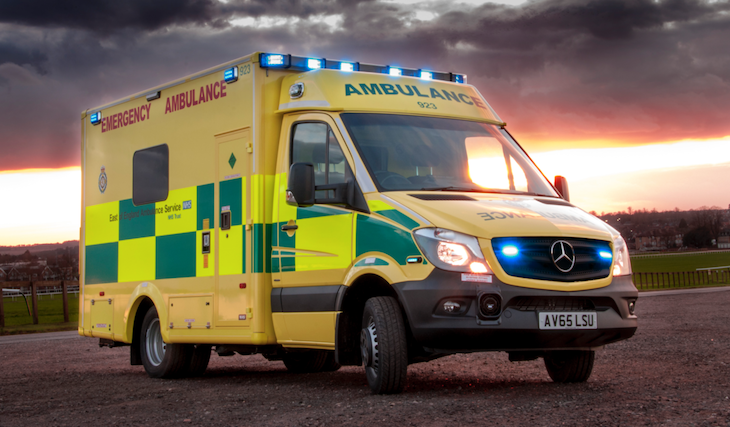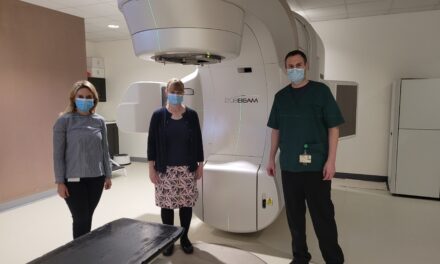Bosses at the region’s ambulance service have given firm assurance that new NHS England standards will be phased in from next month as planned.
As reported in early August, the East of England Ambulance Service NHS Trust (EEAST) welcomed the Ambulance Response Standards, new categories that call handlers will be using to determine the level of response a patient will get.
Following a pilot in three English ambulance services over 18 months, NHS England announced in July that the rest of the country must implement the standards this year and EEAST aims to go-live in mid-October with the first phase.
At today’s (27th Wednesday) Board meeting in public in Cambridgeshire, Director of Service Delivery Kevin Brown outlined the project work so far, commenting that staff and patients alike will see the benefits of the new standards over time.
After the meeting he said: “The majority of the pre-implementation work has focused on the supporting the changes for our call handlers and dispatchers in our emergency operations centres, and the fundamental change from the current two red (emergency) and four green (urgent) categories to what four new and distinct responses will mean. When we make the switch, it will be the start of a number of changes over the coming months and beyond, all of which are aimed at improving outcomes and reducing delays, all of which are relative to our ongoing recruitment and investment.
“From what we’ve learnt at services already using the new four categories, there is a notable shift to the use ambulances than rapid response vehicles, but it is important to remember these Rapid Response Vehicles willstill attend life-threatening calls, for example where the need for early life saving intervention is required and fast and to boost the chances of someone surviving cardiac arrest. We will also support our patients with care at home through the use of a single clinician in a way that we currently do successfully now.”
For 999 callers and patients, EEAST call handlers will have more time to assess 999 calls that are not immediately life-threatening, allowing them to identify patients’ needs better and send the most appropriate response. Life-threatened patients, under the current standards, should be responded to in eight minutes but under the first of the new four categories of call, these patients should be responded to on average within seven minutes, but at least within 15 minutes in nine out of 10 cases. This is a significant change aimed at making a real difference to life threatened patients, which is around 10 per cent of all of our current work.
Academics at Sheffield University worked with NHS England on the pilot, and found that the changes raised no safety issues identified in more than 14 million 999 calls handled over the 18-month trial. The report from the university study also found:
- call handlers have more time to assess a call works
- the most urgent emergency calls do not receive a slower response when call handlers have this extra time available
- the service becomes more efficient, and there are fewer long waits for an ambulance to arrive
- patients in rural areas get a faster response than they did before
- ambulance staff agreed with the changes and recognise that they are beneficial to patients and to staff.
More information can be found here: http://www.eastamb.nhs.uk/news/regions-trust-welcomes-ambulance-response-programme/1769






Recent Comments